
Greenwood School District 52
Teaching Kids the Importance of Nutrition Education

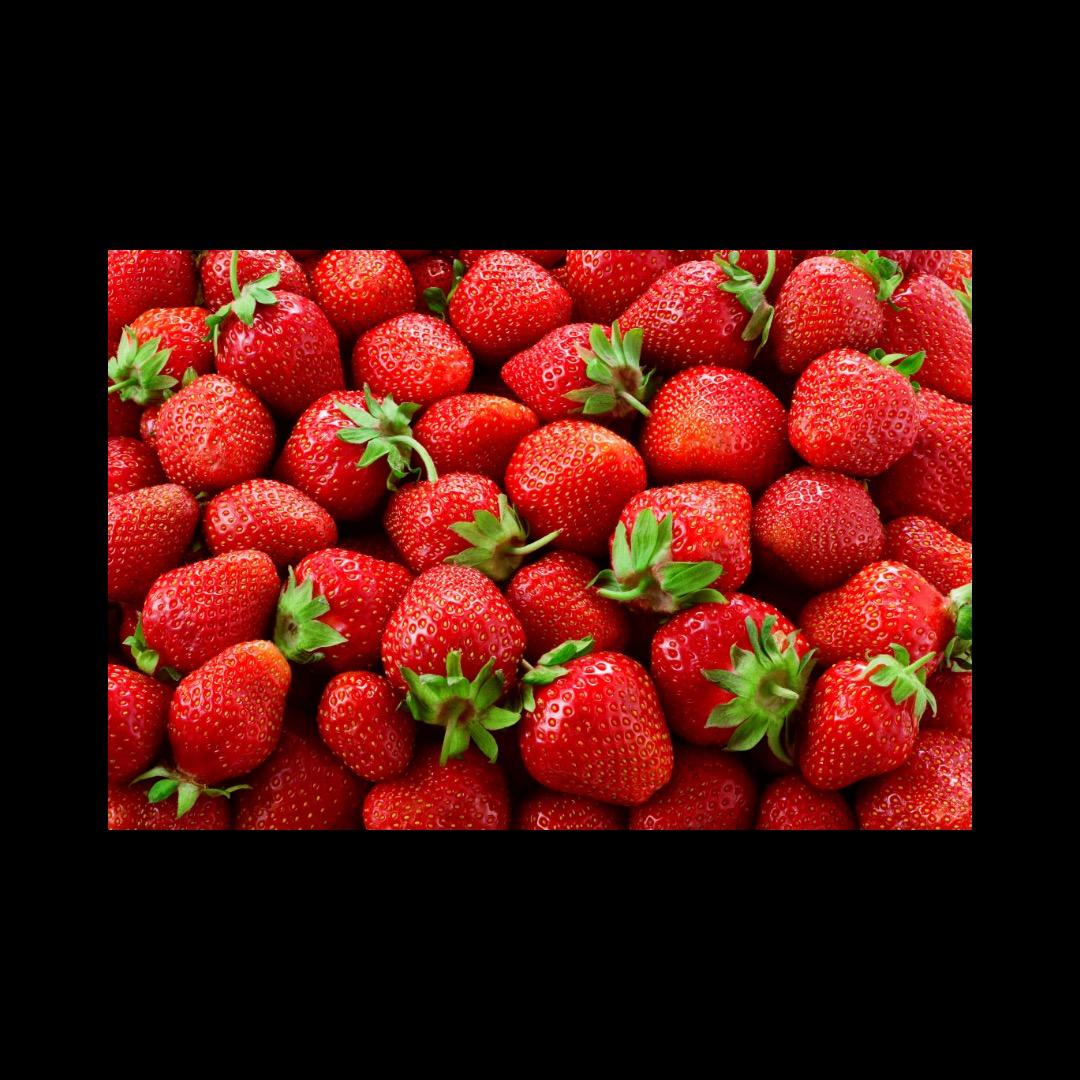




TM 2024 EDITION D I G I T A L M A G A Z I N E
E N R I C H M E N T




School District 52 is proud to be Wellness Wednesdays serving healthy foods & promoting nutrition education.


Greenwood School District 52Wellness Policy


Teaching Kids the Importance of Nutrition Education.



 Fiber
Potassium
Fiber
Potassium
Strawberries

Strawberries are a type of aggregate fruit.
Strawberries are a part of the rose family.

1 acre of land can produce 50,000 pounds of strawberries.

Strawberries are the FIRST fruit to ripen in the spring.
Peak strawberry harvesting season is April - June.



1. June-bearing
2. Ever-bearing
3. Day-neutral
Main Types of Strawberries: 3 strawberry has 200 seeds.


Strawberries are the ONLY fruit with seeds on the outside.
90% of the strawberries grown in the U.S. are from California.
Potassium



Potassium supports balancing fluid in the body & proper function of the muscles and nerves.

Once potassium enters the body, it functions as an electrolyte.
Helps to keep the body hydrated!

Electrolytes help balance the amount of water in the body.

FUN FACT:
The body is made up of approximately
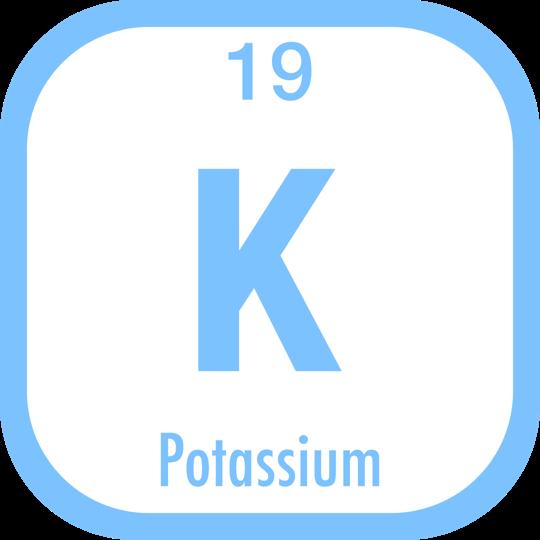
Potassium is the THIRD most abundant mineral in the body.
Potassium helps promote bone health.
Potassium helps to regulate contractions.
Many runners eat before a run to

98% of the body’s potassium is found it its cells.

Blueberries



Blueberries are a type of fruit known for their mildly tarte taste.
Types of Blueberries:
1. Highbush
2. Lowbush
The U.S. is home to around 102,000 acres of blueberries.
Blueberries are native to North America.
4 JULY is National Blueberry Month!
3. Hybrid Half-High 4. Rabbiteye
Highbush blueberries are the most common.


The waxy coating on blueberries is called “bloom.”

1 blueberry bush can produce 6,000 blueberries/year.
Blueberries are one the only food naturally blue in color.

Lowbush blueberries are smaller & sweeterperfect for making jam!
B Vitamins


B Vitamins help support the body’s energy levels, brain function & cell metabolism
essential B vitamins:
Vitamin B1, Vitamin B2, Vitamin B3, Vitamin B5, Vitamin B6, Vitamin B7, Vitamin B9 & Vitamin B12.

Water is needed to help the body absorb B vitamins.
B5, B12, C and E knock on your door…what do you do?
In-Vitamin!




B vitamins helps the body make energy from food.
B vitamins plays a role in serotonin production.
be regularly consumed.

8
Serotonin makes us feel happy
blood cells.
Carrots
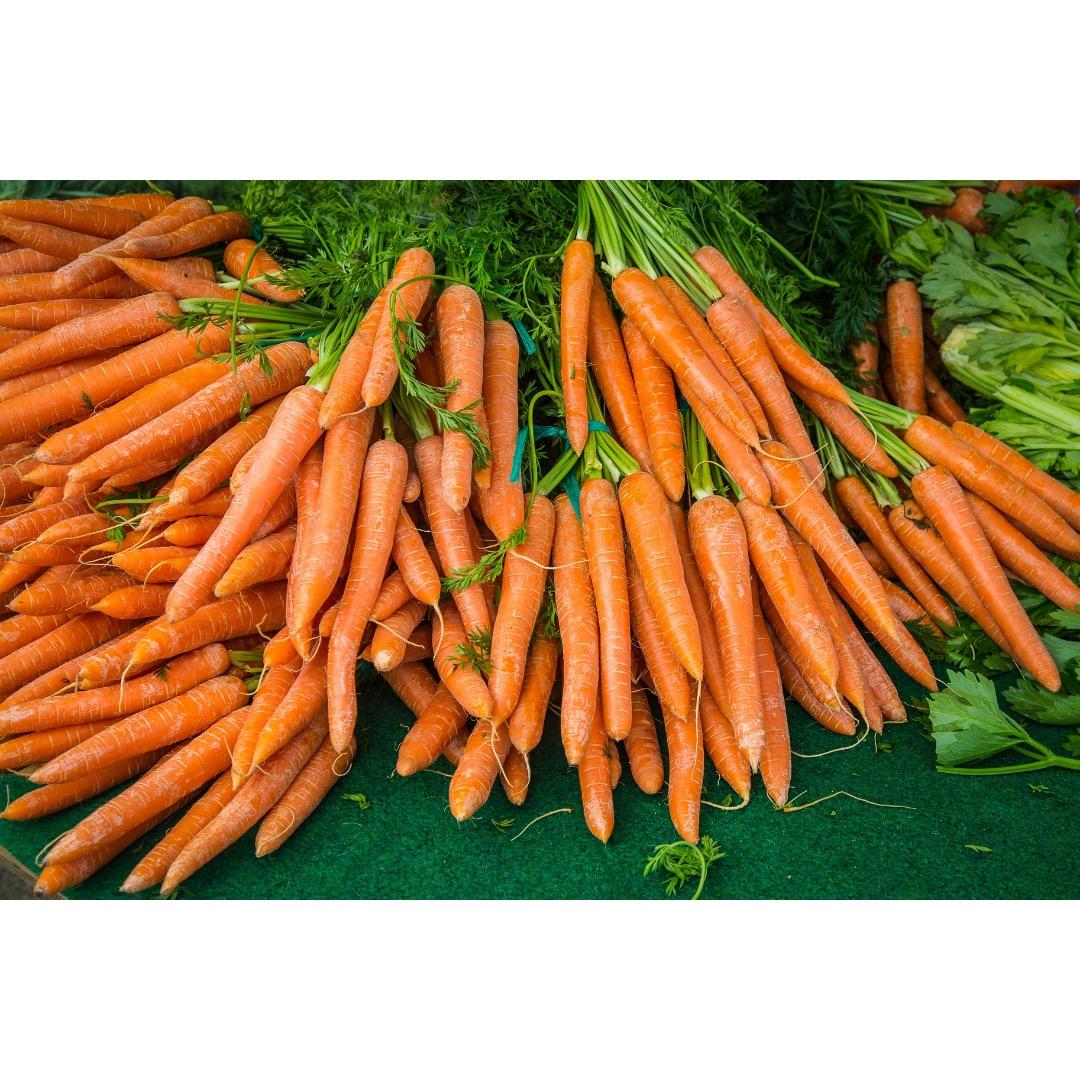


Carrots are a type of root vegetable underground

Carrots are 88% water.





WINTERS underground!

Carrots are biennials, which means they have a 2-year life cycle.

Vitamin K



Vitamin K supports proper blood function, bone growth & kidney health.
2 main forms of vitamin K: K1 and K2.
Vitamin K is a fat-soluble which means…

The body has the ability to create vitamin K on its own.

Vitamin K helps the body heal from wounds.
It absorbs better into the body when eaten with foods with some fat like olive oil or avocados

Vitamin K helps produce proteins that bind themselves to calcium - this helps build strong bones.

Vitamin K supports heart health.


Vitamin K is found throughout the body in the liver, brain, heart, pancreas & bones.
Vitamin K plays a role in proper blood function- specifically with clotting.
Sweet Corn



Corn is considered a grain, fruit & vegetable
The U.S. is the LARGEST producer, consumer & exporter of corn in the world.
Humans only eat sweet corn
There are around 800 kernels on each ear of corn.




ALWAYS of land can produce of sweet corn.

In many other countries, corn is called “maize
1 corn stalk produces 1 - 3 ears of corn
Corn stalks can grow between 7 – 10 feet tall.
Corn is grown on EVERY continent except Antarctica.
An ear of corn

field crop.


Fiber



Fiber supports movement through the digestive system
Fiber is a type of carbohydrate doesn’t digest, it simply passes through.
Soluble fiber dissolves in water…it helps regulate blood sugar levels and removes cholesterol form the blood stream.

Insoluble fiber is sometimes referred to as “roughage. ”

2 types of fiber:
1. Soluble fiber

Fiber helps to regulate the body’s use of sugar.
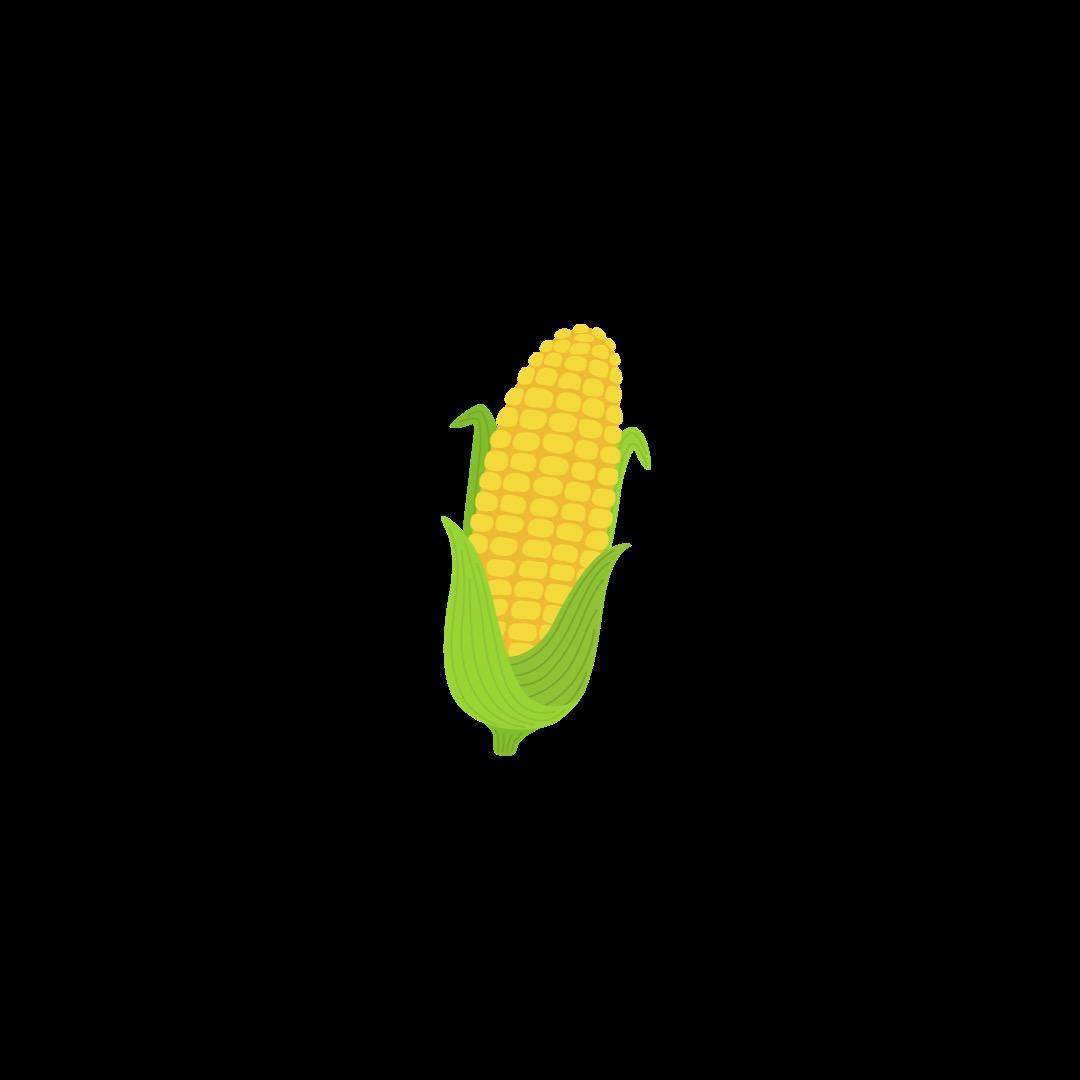
Insoluble fiber
Dairy & meat products do not have any fiber.
in plant foods.
Insoluble fiber does not dissolve in water…it helps food move throughout the digestive system.
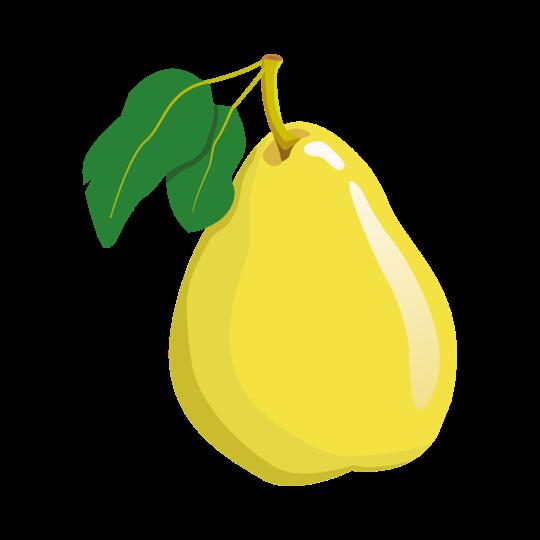

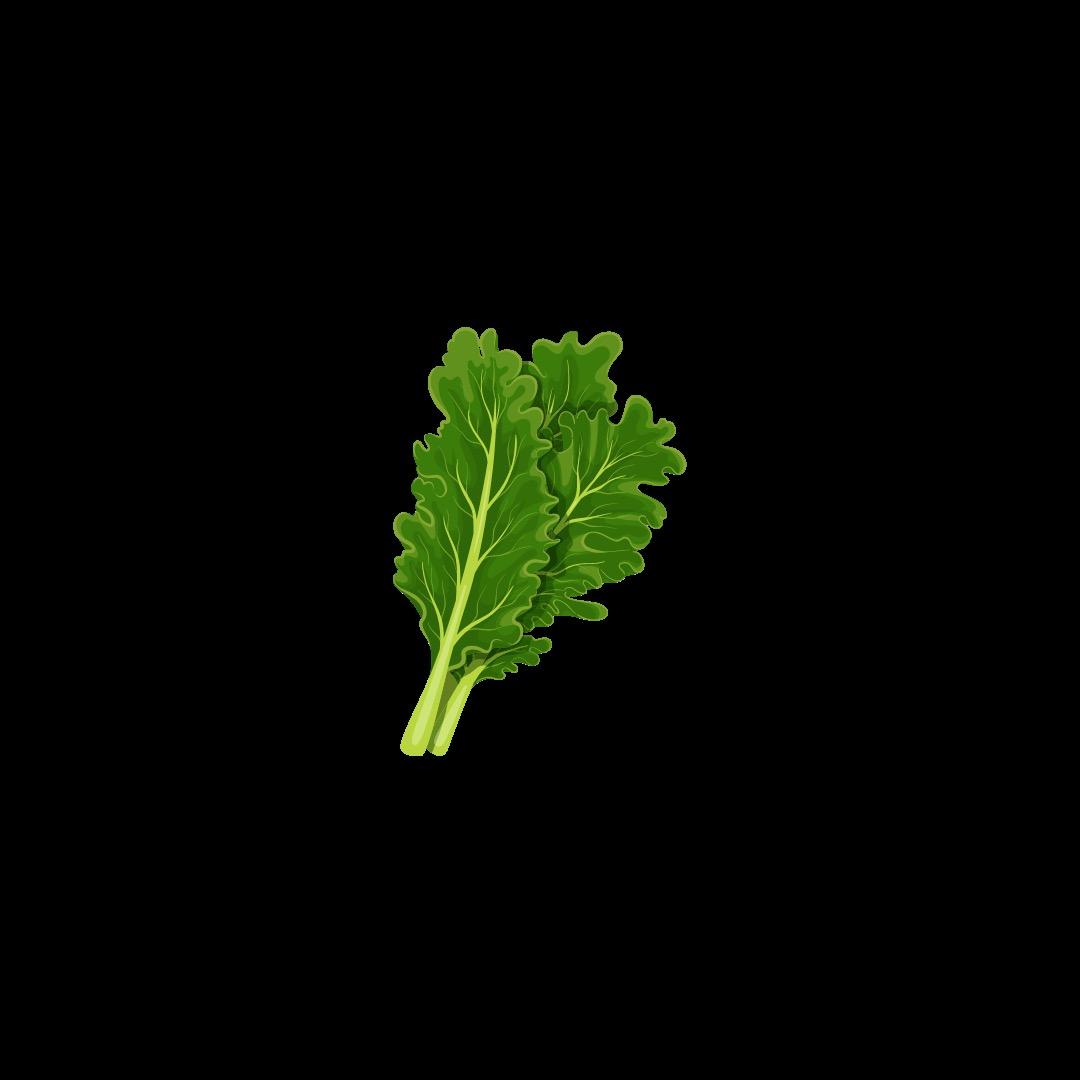
BOTH forms of fiber are important & beneficial to overall health.
Milk
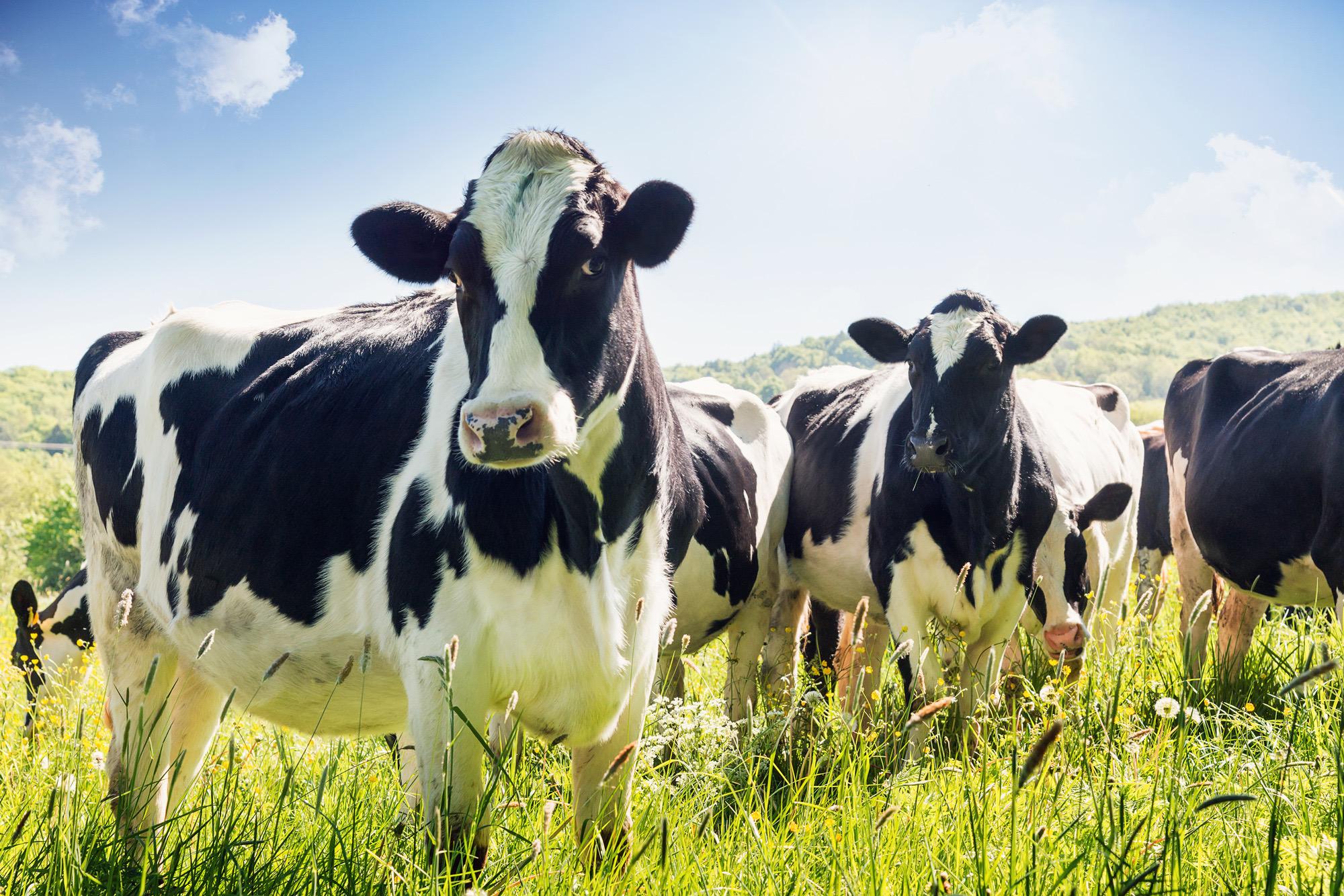


Milk is a type of dairy product –most commonly made from cows.
1 serving milk contains
13 essential nutrients
1. Ayrshire
2. Brown Swiss
3. Guernsey
4. Holstein
5. Jersey
1 cow produces around 6 gallons of milk/day.


Milking Shorthorn
Holstein cows all have a unique pattern of spots!

The reason milk is white is because it contains “casein”
- a type of protein.


The U.S. produces ~227 BILLION pounds of milk each year.

Milk is the source of ALL dairy products!


Calcium



Calcium supports healthy bones & teeth as well as proper blood & muscle function

Calcium is the 5th most abundant chemical element in the Earth’s crust.

Calcium helps keep muscles

99% of the body’s calcium is stored in the bones.


Calcium also supports 1% is found in the blood, muscles & other tissues.
Calcium helps to heal cuts & wounds.

Calcium helps form bones and teeth and keep them healthy.
Calcium is the MOST abundant mineral in the human body.












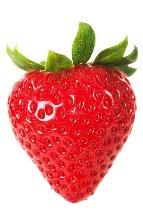

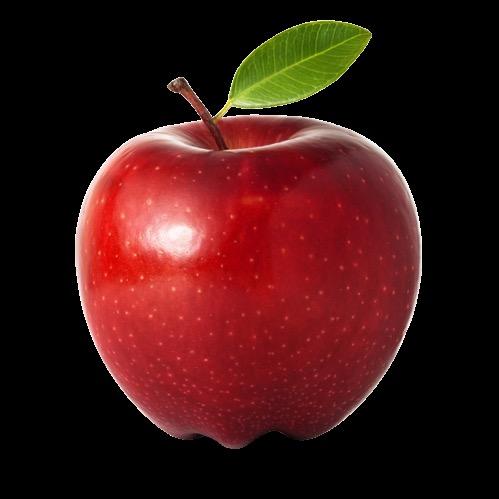






























 Fiber
Potassium
Fiber
Potassium
































































































